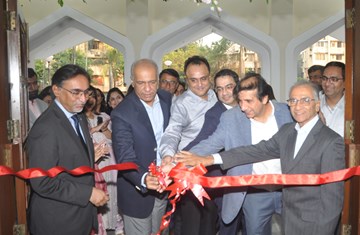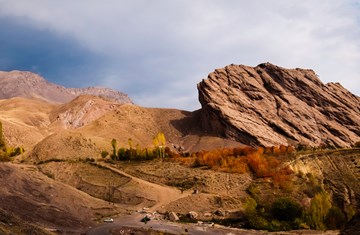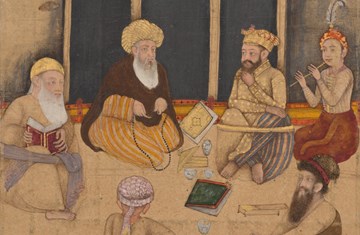Le Università: Incontro Dei Saperi, Parma Symposium, 15 May 2007
The earliest revelations of the Holy Qur’an to the Prophet Muhammad evoke powerful symbols of learning and knowledge. The value placed on knowledge in the Holy Qur’an became the foundation for the development of education in all its different expressions throughout Muslim history.
Many major mosques, or Jami‘ as they were called, were also seats of higher learning, as exemplified by Al-Azhar in Cairo. Much of the early impetus to develop institutions of higher education also came from libraries created to promote better knowledge of the intellectual heritage of the Classical period, through translations from Greek and Aramaic, as well as the scientific traditions of Persia and India. Institutions such as the Bayt al Hikma in Baghdad and Dar al ‘Ilm in Cairo inspired a remarkable effort to assimilate new learning into Muslim societies. Much more significant for the later period is the environment of exchange in which learning from Muslim universities and scholars was transmitted to Europe. This exchange is best illustrated in certain key historical contexts, Fatimid Egypt, Andalusia and medieval Italy, being three examples.
This paper will trace the historical framework of exchange and dialogue at the level of ‘universities and higher institutions of learning’ during the medieval period, the kinds of curricular and institutional influences that were generated and the commonality of subject matter and shared academic patterns that existed in both Muslim and Christian universities of the time.
Azim Nanji
Professor and Director
IIS, London










